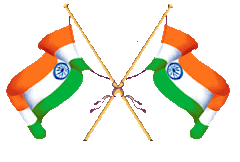The Assembly also elected the following office bearers for the next two-year term:
· Sumeet Lamba (President)
· R.P. Kesavan Nair (Administrative Director)
· Balaji Subramanian (Finance Director)
· Shobha Keshwani (Social Director)
· Jagdish Doshi (Cultural Director)
· George Mathew (Fiscal Committee)
· Shiva Prakash (Fiscal Committee)
· Alok Sharman (Fiscal Committee)
Plan of events for the year 2008
Picnic ........................... 25th May (Sunday)
Independence Day .... August 17, 2008 (Sunday).
Diwali ..........................October 25, 2008 (Saturday):
Childrens Day.............November 16 (Sunday).
New Year................... December 31, 2008.
Any one who wishes to participate in the organization committees please come forward with ideas and suggestions and help us to make these events a great success.










